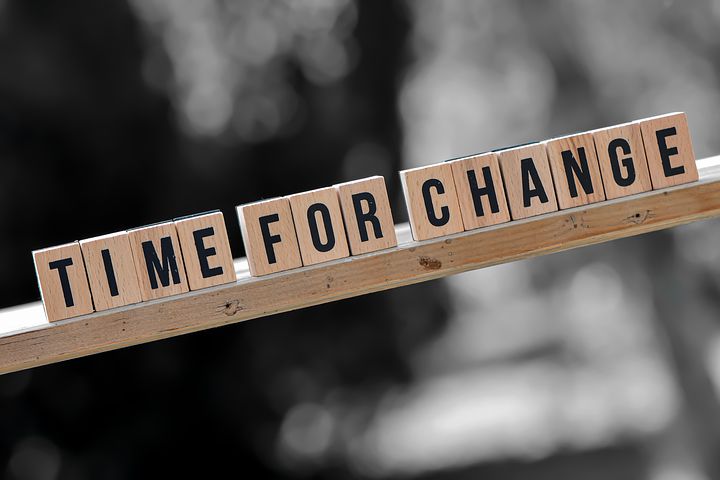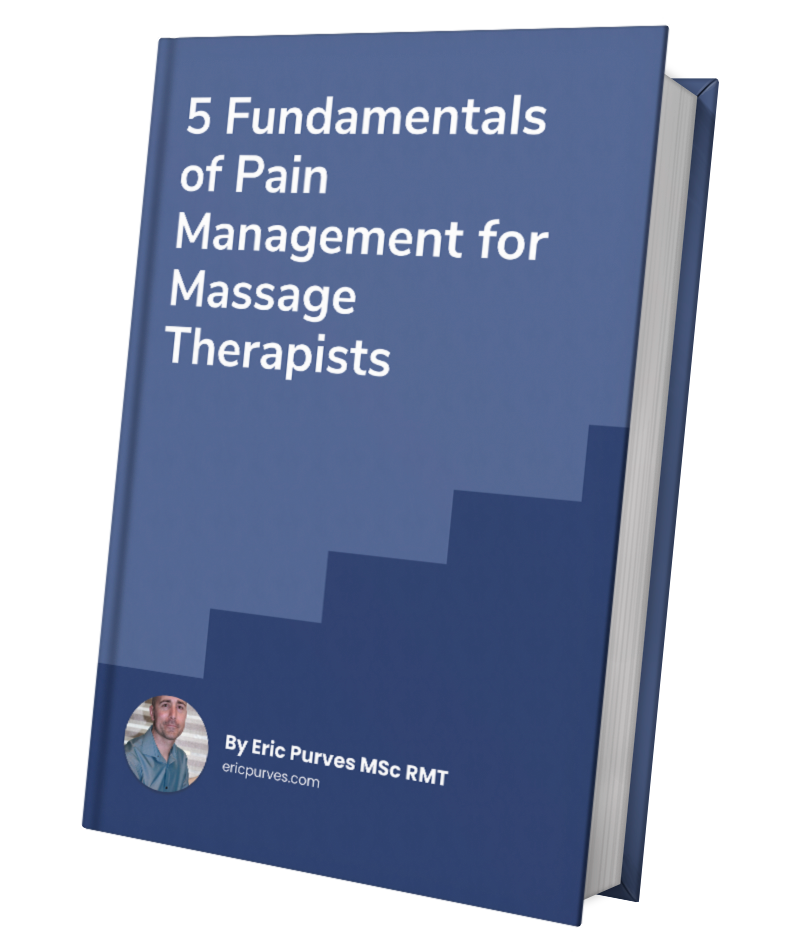The words you use matter.
Being an evidence informed therapist is to be less wrong as much as possible. Everyone is going to make mistakes and that is expected. However, minimising the negative impact of mistakes should be the clinicians number one priority. The easiest way to do this is to adopt changes to the language used when communicating with patients. This may seem trivial to some, but when we look at the evidence, it paints a very interesting picture on the long-term impacts of clinicians language on patient outcomes. This can be either positive or negative. If our first priority is to do no harm, then at the very least we should try our best to minimise the potential negative impact of our language and communication strategies.
“It is just semantics!” This is a common counter-point I have heard many times over the years when teaching about the importance of language and how the words we use can be interpreted and internalized. Yes, it is semantics, but our words provide meaning and context to the person’s experience. The potential impact is greater than many people realise!
What is the harm?
This blog was inspired by some of the great work done by the Cause Health Project. I can’t stress enough how important this work is for massage and manual therapists. Check out the Words Matter Podcast for a deep dive into language and the patient story.
I also wanted to introduce some of the research done by Dr Ben Darlow. He is a researcher based in New Zealand who has conducted qualitative research studies on the impact of communication and language. I have a strong bias to qualitative research for the massage and manual therapy professions. I feel qualitative research is more relevant, easier to interpret and more clinically meaningful than data obtained from quantitative studies.
I am going to highlight some of the important themes from 2 of Darlow’s research papers:
Easy to harm, hard to heal: Patient views about the back (2015)
- Vulnerability of the back. Participants viewed pain in their back an an injury. This led to a desire for a biomedical diagnosis or explanation. Loads and activities that put demands on the spine were viewed as dangerous. Rest, muscle strengthening and postural control was believed to be the best options for treatment and prevention.
- Special nature of the back. Back pain was seen as special and different from other pain. The back was an independent entity and unpredictable
- Prognosis of back pain. Participants held uncertainty about the backs ability to heal and feared their back was going to have pain forever.
Eric’s takeaways:
I think studies like this do a great job of exploring people’s beliefs about their pain and allows clinicians to get a meaningful understanding of what our patients might be experiencing when they come see us for help. Many beliefs are not evidence based and can be associated with increased suffering and disability.
Clinically applicable information. The authors highlight the opportunity this information can provide so we can give education that helps to calm these fears and consequently avoid information that might make the client feel more fearful and activity avoidant.
Obviously, nothing here is linear. Unhelpful beliefs, do not cause back pain. Beliefs may be associated with more pain and suffering. What matters most is the importance the patient assigns to these beliefs which is why it is important to understand common themes that exist within patients about their back.
Beliefs about back pain: the confluence of client, clinician and community (2016)
The researchers objectives were to assist clinicians to identify patient beliefs which may increase the threat associated with back pain. Knowing these beliefs can better help the clinician to create positive influences regarding back pain treatment and management.
Clients; viewed the back as weak, fragile, easy to injure and prone to being dysfunctional. This was associated with beliefs about back pain being from structural or pathoanatomical causes. Those who held these beliefs were more likely to have higher levels of disability and poorer long-term outcomes.
The benefits of physical activity were seen as more valued as psychosocial benefits than physical benefits.
Clinician; a direct quote from the study which emphasizes the role of the clinician at influencing the patient. “Systematic reviews of quantitative and qualitative research found strong evidence that patient beliefs about back pain are associated with the beliefs of the clinician with whom they have consulted and moderate evidence that high levels of fear avoidance beliefs in clinicians are associated with high levels of fear avoidance beliefs in their patients.”
Once these beliefs are formed, they can be very difficult to change. When presented with contradictory information, patients are more likely to dismiss it. This can lead to clinician shopping. Each profession and even clinicians within the same profession can give contrasting explanations. This leads to further uncertainty and anxiety.
Eric’s takeaways:
I am paraphrasing the authors here. I think it is important to emphasize these points:
- People seek care to gain certainty and for validation, reassurance and ways to prevent recurrence.
- Patients form ideas that are shaped by the clinician. If the patient’s views are consistent with the clinicians then getting “buy in” is easier. If they conflict, the patient will often shop around to find someone to confirm their beliefs.
The clinician needs to be aware of the power of their words, but also needs to be aware that trying to change the patient’s unhelpful narrative can result in push back. This could result in them leaving your clinic and continue searching for someone else to confirm their own ideas.
The community;
Unhelpful and non-evidence-based beliefs are commonplace in the general population. Back is weak, pain = damage, imaging is important, diagnosing cause is needed for proper care.
94-98% of the NZ populate thought lifting without bending the knees was not safe.
Community beliefs are learned through schools, workplaces, media, and observing those with back pain.
Eric’s takeaways:
I would wager the belief about lifting without bending the knees is common throughout Europe and North America too.
It can be difficult being the lone voice. The one who is providing contradictory ideas to what is commonly believed by other clinicians, the clients/patients we treat and the society in which we live in. I feel strongly that the more we start to use informed language, the more accepted it will be. A narrative that is based on current best evidence will then become the dominant one. This doesn’t mean clinicians need to completely dismiss all the pathoanatomical and structural language. Let’s keep it to the side and use it when relevant and important, which probably isn’t very often.
But . . . I know what I do works! Why should I change?
Being an evidence informed therapist starts with our language. How we communicate is a reflection of how we think, which impacts how we treat our patients.
The ethical obligation of all healthcare providers is to provide evidence informed patient centred care. If new evidence emerges which challenges what we do, how we think and communicate, then it is our responsibility to adapt and change as much as we are capable. This starts with acknowledging the power of our words and the impact these words can have on our patients. What I like to say in my courses and lectures is, “adapt or die. Don’t become a dinosaur.” Change is happening, and the evidence informed movement is gaining momentum.
Are you interested in engaging with some supported self-directed learning?
Please visit the link below to sign up for my constantly evolving foundational pain science course called, Clinical Pain Science for Manual Therapists.
https://ericpurves.thinkific.com/courses/clinical-pain-science-for-manual-therapists
Interested in joining my new virtual education and training community? The Manual and Movement Therapists Community (MMTC) brings you clinicians, educators, researchers and thought leaders from around the world. Learn clinically relevant material on your own schedule in a safe and supportive environment.
https://ericpurves.thinkific.com/courses/the-manual-therapist-s-community
Want to listen to my thoughts about topics that are important to RMTs?
Please check out my new podcast. It is called the Massage Therapists Development Initiative. It can be found on all the main podcast networks. This is a project I developed with Jamie Johnston RMT to help bring evidence informed content to our profession.
If you have Apple, click below to listen to episode 1:
Thanks for subscribing.
~Eric




